Contrary to popular belief, there are plenty of reasons to go to the mall. Despite the convenience and accessibility of online shopping, many consumers still shop in physical stores. In fact, research from Forrester reports that 72% of all U.S. retail sales will occur in brick-and-mortar stores in 2024. They say the most common reasons consumers shop in person are the ability to test and try products and then immediately take home their choice. In-person shopping continues to resonate with consumers because it provides a hands-on tactile experience, immediate gratification, and other benefits like sensory engagement, social interaction, and personalized customer service.
In-Person Customer Engagement
For brick-and-mortar retailers, Forrester recommends using a “6E” strategy to build "purpose-designed" stores that deliver "meaningful improvements to customer experiences, achieve operational excellence, and drive specific business outcomes." The first E in their strategy is to engage customers from the moment they arrive at a store location and throughout their entire visit. Customers are looking for more than one transaction when they shop in person today. They want to feel a connection or bond with a brand or a product. They want to engage with employees or other customers who love the brand. They expect to receive outstanding customer service. In short, they want a memorable experience.
POP and POS marketing work together to enhance the in-store experience. They capture shoppers' attention and influence buying decisions. Engaging visuals, narratives, and interactive elements in POP and POS can convey your brand values. They can also tell an impactful product story and create an emotional connection with consumers. POP and POS marketing delivers content that builds product awareness and makes specific calls to action that are easy to see and follow, often leading to an immediate increase in sales.
This blog will define the function of POP and POS and take a look at how retailers can develop and manage an ongoing POP and POS program that engages customers, manages budget and time constraints, and delivers consistent results.
What are POP and POS?
POP is point-of-purchase marketing, and POS is point-of-sale marketing. Both are marketing pieces but focus on different points in the in-store customer experience. POP refers to the overall marketing of products in a store, while POS refers to the place where a transaction occurs, most likely the cash wrap area.
POP includes every marketing piece in the store, from the window signs to the product displays and everything in between. They attract attention, educate customers on products, promote sales and promotions, and inspire customer interaction with products.
POP marketing materials can include:
- Free-standing product displays
- Endcap signs
- Shelf talkers
- Window signs
- Banners
- Floor graphics
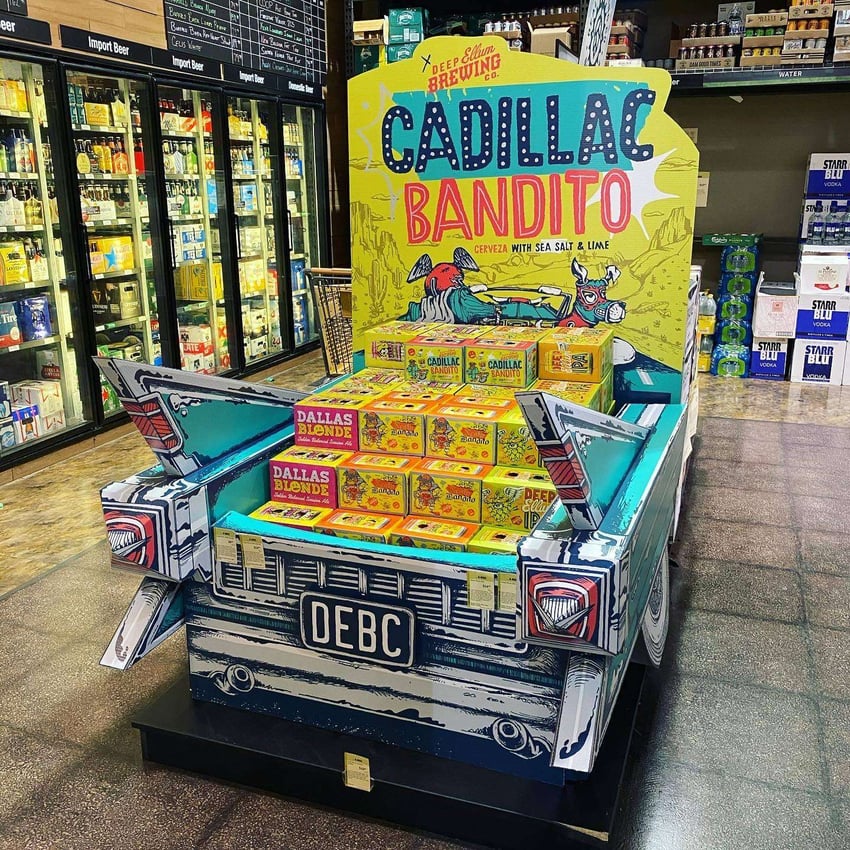
A POP program can include POS marketing, but the messaging is slightly different. Because the customer is already at the cash register, the focus is on encouraging additional sales or impulse purchases and building brand engagement and customer loyalty.
POS marketing materials can include:
- Countertop displays
- Register signs or stickers
- Impulse purchase displays/racks
- Cash wrap wall signage
- Gift card displays
- Loyalty program information
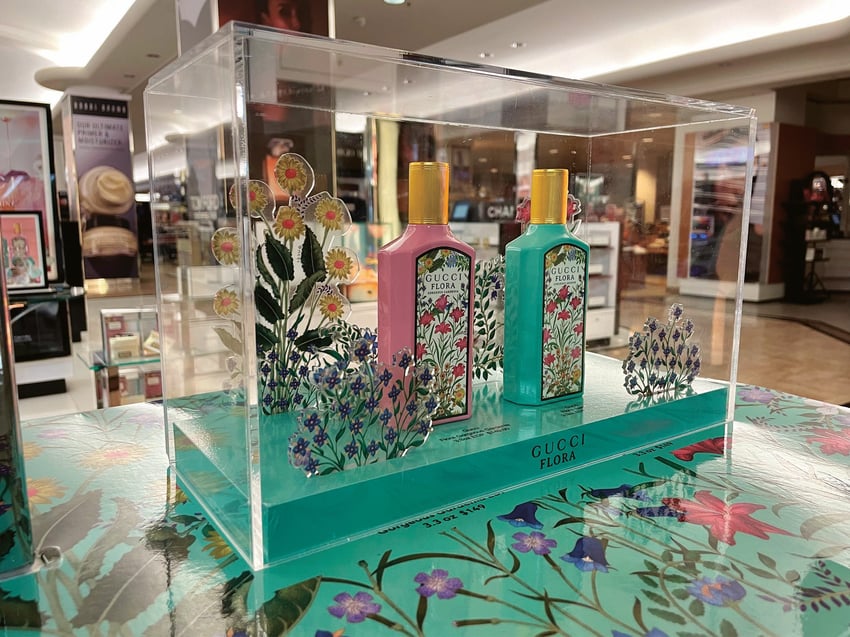
POS marketing capitalizes on the final moments of the customer's shopping journey and can influence both that initial transaction and the customer’s perception of a brand.
For any retail manager or owner, POP and POS marketing program management is essential for a successful in-store shopping experience. Mastering POP and POS marketing starts with knowing your customer. It's essential to understand how your customers shop so that you can anticipate their needs and provide a positive shopping experience. You need to understand the science of shopper marketing.
The Science of Shopper Marketing
Shopper marketing is a discipline within marketing that focuses specifically on understanding and influencing the behavior of consumers near the point of purchase, either online or in person. For an in-person retail environment, shopper marketing combines elements of consumer psychology, retail strategy, and consumer marketing to create effective campaigns and experiences that drive purchase decisions in retail stores. Here are the critical aspects of shopper marketing.
The Customer
Shopper marketing uses data and insights to understand consumer preferences, demographics, and psychographics. This information helps in understanding a brand's target audience. Shopper marketing also analyzes consumer behavior, including decision-making processes, shopping habits, and factors influencing purchase choices. This understanding helps tailor marketing strategies to target and engage customers effectively.
The Environment
Customers demand a comfortable, engaging, and convenient retail environment. Shopper marketing includes studying store layouts, shelf placement, and product displays to optimize the placement of products and enhance visibility and engagement. This may include foot traffic patterns, shopping decision times, and heat mapping to identify high-traffic areas and optimize product placements and promotional displays.
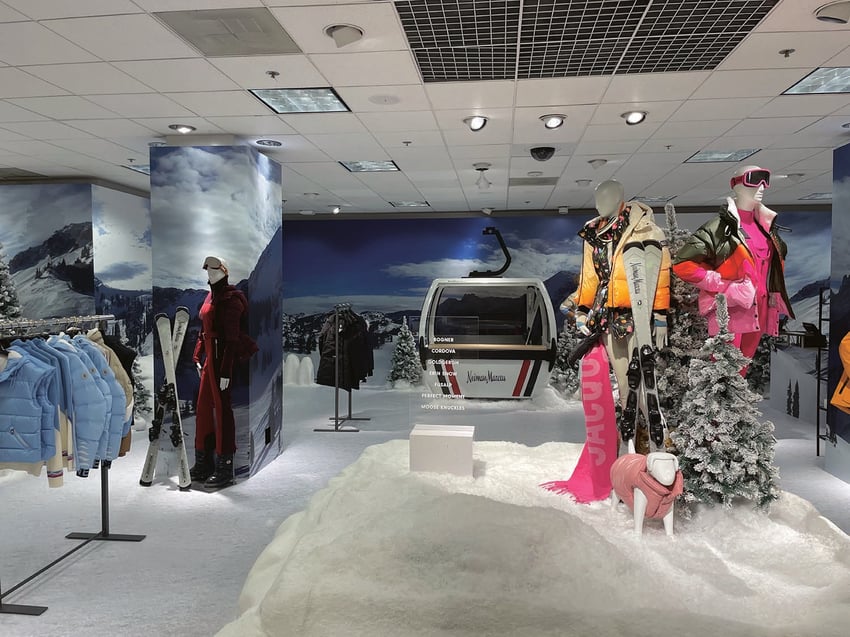
The Message
Crafting effective in-store communication is vital. Shopper marketing includes creating signage, packaging, and promotions that catch the shopper's attention and convey key messages about products or promotions. Shopper marketing often involves developing and implementing promotional strategies to incentivize purchases, such as discounts, loyalty programs, and product bundling.
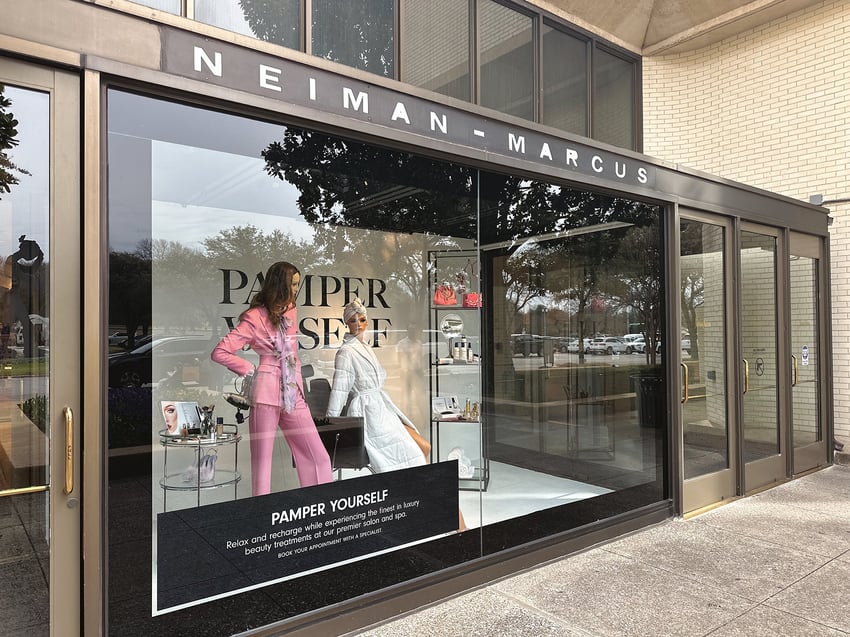
The Aesthetics
The science of shopper marketing incorporates principles of visual merchandising. This entails understanding how a store's product displays, signage, and overall aesthetics impact customers. A visually appealing store layout and design can create a positive shopping environment and influence their brand perception. Aesthetics are not limited to visuals. Pleasant fragrances, music, and even the tactile experience of handling products can contribute to a positive shopping experience.
In the simplest of terms, shopper marketing tracks a customer’s path to purchase, from awareness to conversion and beyond, and uses those insights to create effective marketing campaigns. It is a multidisciplinary approach that combines consumer behavior insights, retail knowledge, and strategic marketing techniques to influence purchasing decisions. When you implement the science of shopper marketing in your POS and POP marketing program, you are meeting customers where they are in their shopper journey.
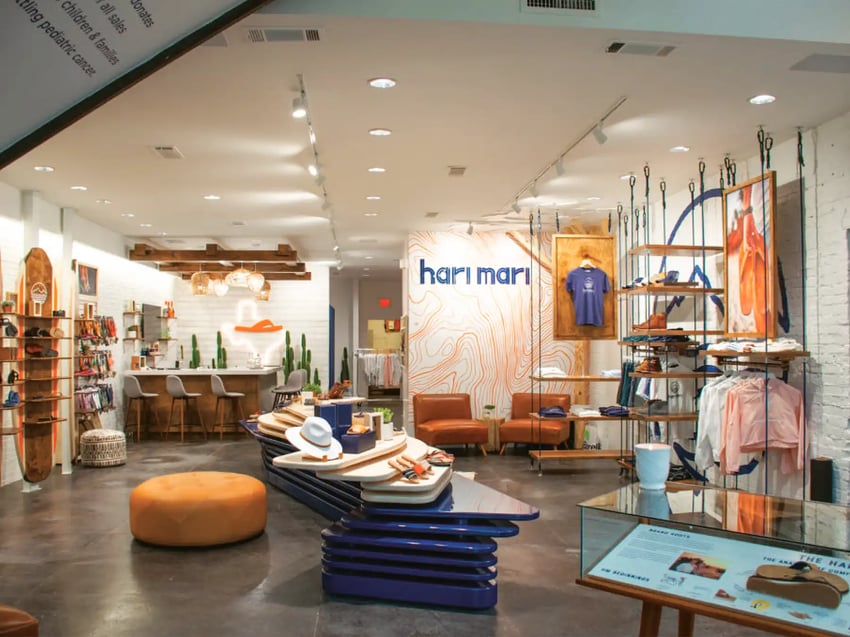
The Role of POP and POS in Shopper Marketing
POP and POS are critical components of shopper marketing, focused on influencing consumer behavior immediately before and during the point of purchase. POP and POS displays offer an opportunity to tell a brief but compelling product or brand story that inspires action. A good POP and POS marketing campaign can communicate brand values and create a memorable impression through visuals, copy, or multimedia elements.
POP marketing can provide product information, emphasizing key features or benefits. This helps educate shoppers and address any doubts or concerns about buying a product. It can also promote related or complementary products, encouraging shoppers to make additional purchases. For example, set up a display of batteries next to electronic devices or promote a service plan on a sign next to an appliance.
Seasonal POP and POS marketing also create a sense of urgency through limited-time offers or exclusive deals that drive immediate action. Shoppers may be more motivated to buy when they feel they are getting a special deal that won't be available when they leave the store. Eye-catching POS displays of small items like gift cards or candy encourage impulse buys.
By understanding the psychology of shoppers and utilizing creative and persuasive POP and POS, you can maximize the customer experience and drive in-person sales in the critical final moments of the customer's journey.
Tips for Effective POS and POP Program Management
Whether you are responsible for marketing one retail store or hundreds, effective POP and POS marketing program management requires strategic planning, budgeting, execution, and evaluation. Here are some tips from the Phase 3 team to enhance your POP marketing initiatives.
Understand the “Why”
Clearly define the objectives of your overall POP and POS program and each marketing campaign within the program. Most retail locations have evergreen POP and POS marketing elements. They also have temporary and/or seasonal marketing campaigns. All marketing pieces must have a clear goal for any campaign. For example, your goal could be to inspire impulse sales, introduce a new product, promote a sale, or enhance brand visibility. Your goals will guide your POP and POS marketing program strategy.
Budget and Timelines are Critical to Success
To be the most effective, a good POP and POS marketing program must consider budget and timing for both permanent and temporary campaigns. Manage your budget by prioritizing high-impact initiatives and plan for all design, fabrication, shipping, and installation costs. When working on temporary or seasonal campaigns, there is often little time to compare materials based on budget constraints.
It's best to have a specific budget for each campaign and program. Remember that POP and POS marketing are often more cost-effective and drive a better return on investment than direct mail marketing or advertising. When appropriate, optimize expenses by overlapping fabrication, kitting, and shipping timelines of permanent and seasonal campaigns.
At Phase 3, most seasonal printed POP or POS marketing campaigns need a minimum of four weeks to design, print, ship and install. For more complicated programs such as 3D displays, more time is required to test and try several different substrates and materials, create prototypes, get client or brand approvals, fabricate the approved design, and install the displays in stores.
It is important to remember that time is money – the less time a supplier has, the more difficult it is to make deadlines or the more expensive it is to produce. At Phase 3, we urge our clients to partner with us to manage and schedule their programs strategically. When we understand our clients' goals, needs, and pain points, we can recommend solutions and help them overcome limited resources like time and budget.
Create Efficiencies When Appropriate
In addition to reducing costs, a good partner can create a more efficient POP and POS marketing program by looking for ways to combine resources and optimize workflows. For example, when the Phase 3 team collaborates with a client to set up a brand new store, we will pack and ship the signs and displays to the store in strategic waves based on the store layout. This staggered shipping schedule simplifies the store setup because the execution team can work in segments instead of sorting through an entire store set to find specific elements.
For large retailers, our team often prints, packs, and ships new product rollout packages to each store by a particular deadline. At the same time, we can work with the retailer to add smaller POP marketing programs or replenishments for evergreen needs in the same shipments. This saves the retailer time, budget, and other critical resources. Again, we focus on delivering value to our clients by becoming a trusted extension of our clients' teams.
Don’t Forget to Be Creative
Customers respond to brands that offer something of value in a memorable and engaging way. POP and POS marketing materials allow you to create an in-person experience that is authentic to a brand and drives action. With recent developments in digital printing, new substrates and materials, and other technologies, there are a multitude of ways to bring those memorable experiences to life in a store.
The Phase 3 team are experts at bringing an out-of-the-box design into executable retail displays. This isn't a premium service we charge our clients extra for; it's all in a day's work for us. Here are two examples of recent out-of-the-box retail POP designs.
For the 2023 holiday season, our team created front-of-store displays for six luxury fragrance brands to be placed in hundreds of Dillard's stores . These free-standing displays were stunning pieces of art, highly visual, colorful, and impactful marketing enticing customers to interact with the products on these displays. The process started with sketches from the individual brand teams outlining their vision. The Phase 3 fabrication team designed and created each unit based on that vision. The team found cost savings for the client using the same frame for each display. A prototype was built for the client to approve. Once approved, the Phase 3 team made the displays and shipped them to the stores in time for Black Friday.
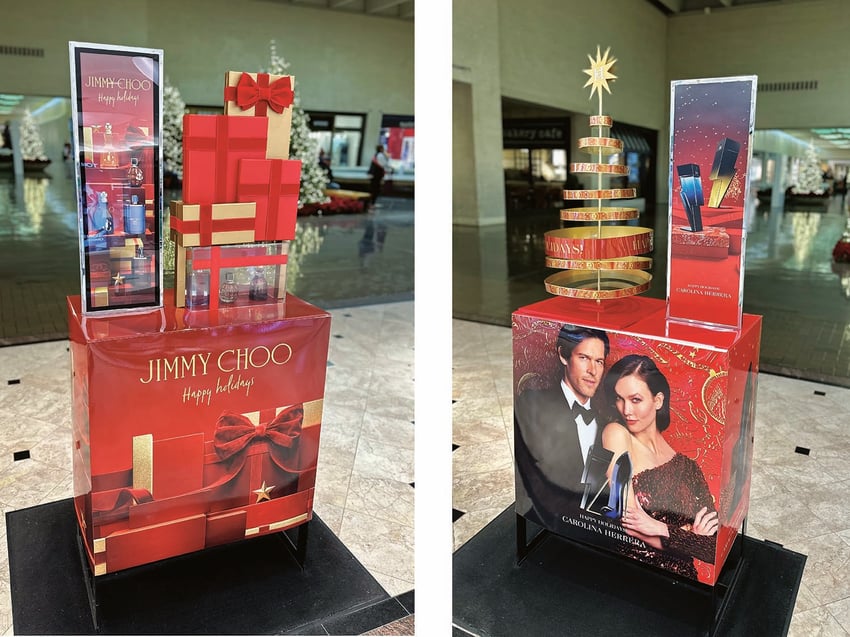
Also, for the 2023 holiday season, the Phase 3 team created the interior of an old-fashioned train to be placed in the windows of several Neiman Marcus locations . The rich red walls and curved ceiling were the perfect focal point to display holiday gifts. The train windows provided a view of the store's beautiful holiday decorations. Inside the store, the train provided a picture-perfect selfie moment with the addition of a gold armchair and Christmas tree.
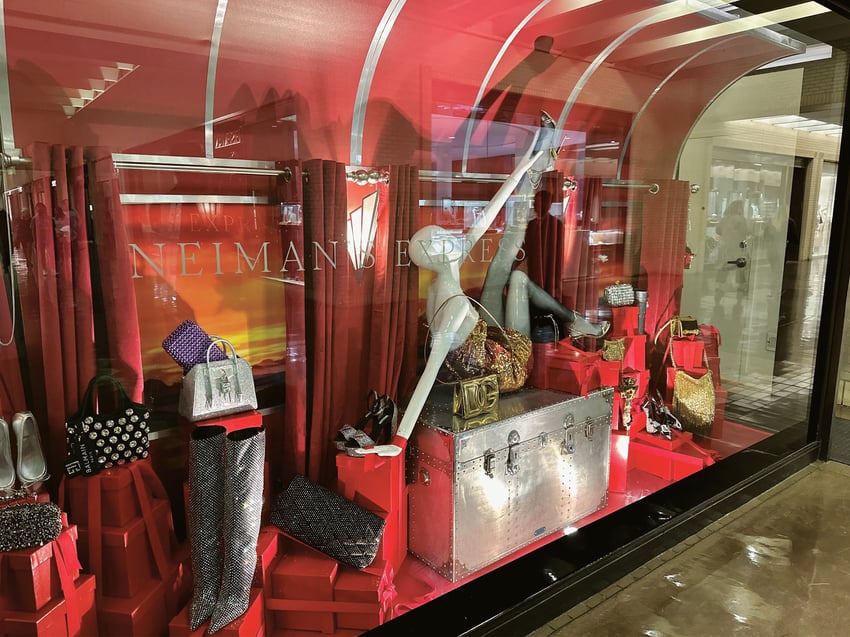
Consider a One-Stop-Shop Solution
If your company has multiple locations, product brands, marketing campaigns, and seasonal promotions, managing a POP and POS marketing program can be challenging. That is when a team like Phase 3 can be a game-changer for your business. We provide a one-stop shop for all things related to marketing. For POP and POS, that includes strategic campaign planning, design, messaging, prototyping, printing, kitting, and shipping. Depending on the client's needs, we have the expertise to manage the entire process or just the printing and shipping portion. Because we have multiple printing and fabrication locations, Phase 3 can provide the capacity and geographic reach to create the exact POP and POS materials you need, at any size or quantity, on time and on brand
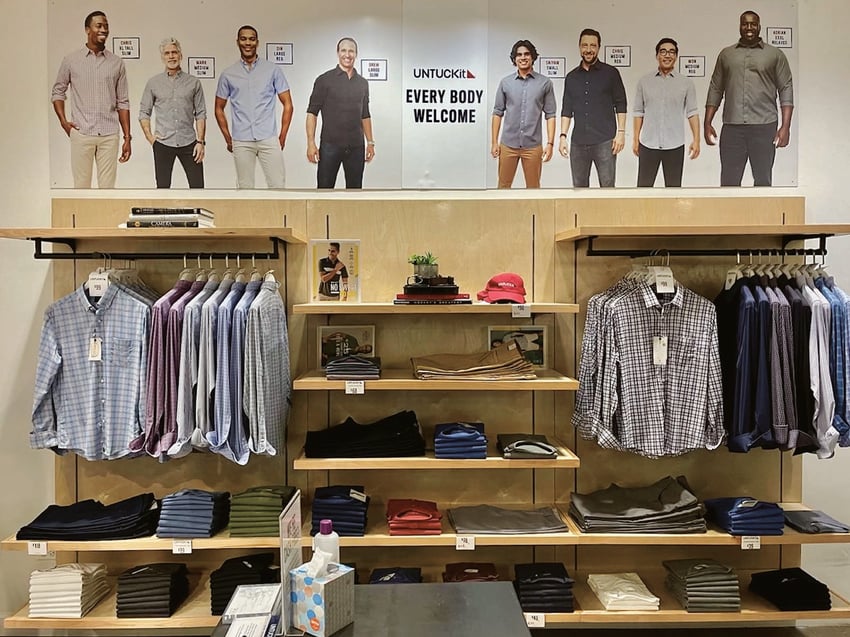
UNTUCKit is a retail brand based in New York City. Phase 3 partnered with UNTUCKit to expand the brand into more than 70 stores across the country with ready-to-go marketing logistics and to solve their "seasonal POP and POS swaps" at the lowest cost. The team built reusable magnetic large format sign prints, allowing stores to easily swap out campaigns using the same base and structure. Phase 3 also deployed the print-on-demand Media:Link platform to provide warehousing and distribution of marketing collateral on demand.
By applying these tips, you can enhance your POP and POS marketing program's effectiveness and positively impact your customers' shopping behavior in your stores. Adapt your strategy based on ongoing campaign results and customer feedback. It is essential to give your customers what they need to make informed purchase decisions and have an exceptional shopping experience.
The in-person shopping experience is still an important piece of the customer journey for many retail businesses. POP and POS marketing program management involves planning, organizing, and overseeing the execution of marketing initiatives that engage customers when they are close to purchasing. This takes strategic planning, creative design, stakeholder collaboration, and ongoing evaluation to ensure the program's success.
Phase 3 offers complete printing and finishing services in our Atlanta, GA, Dallas, TX, and Mountain Lakes, NJ production facilities. Our printing services include small- and large-format digital, fabric printing and variable data printing—all connected with powerful marketing services that create real efficiencies while delivering measurable effectiveness. For more information about Phase 3’s capabilities, contact us today.